What requirements do low-speed vehicles need to meet when exported to the United States?
DOT is the abbreviation of the US Department of Transportation. It was established in 1967 and is headquartered in Washington. It consists of the Federal Highway Administration (FHWA), the Federal Aviation Administration (FAA), the Federal Motor Vehicle Safety Administration (FMCSA), the Maritime Administration (MARAD), the National Highway Traffic Safety Administration (NHTSA), the Office of the Attorney General (OST), etc. NHTSA is responsible for the safety of road transportation products and has formulated the FMVSS standard to regulate transportation products.
The United States Federal Motor Vehicle Regulation 49 CFR § 571.3 defines a low-speed vehicle (LSV) as a motor vehicle that meets the following requirements:
(1) Four wheels,
(2 ) the speed attainable within 1.6 km (1 mile) on a paved level surface exceeds 32 km/h (20 mph) and does not exceed 40 km/h (25 mph), and
(3 ) Having a GVWR less than 1,361 kg (3,000 lb).
The requirements, test conditions and procedures for low-speed vehicles such as "Laotoule" are as follows:
S5 Minimum safety requirements for low-speed vehicles
(a ) When tested under the test conditions in S6 and the test procedure in S7, the maximum speed attainable by each low-speed vehicle in a 1.6 km (1 mile) range must not exceed 40 km/h (25 mph).
(b) Every low-speed vehicle shall be equipped with:
(1) Headlight,
(2) Front and rear turn signal lights,
(3) Tail lights,
(4) Brake lights,
(5) Reflectors: Where practicable, one red on each side and as far to the rear as possible, one red on the rear,
(6) There must be an exterior rearview mirror installed on the driver's side of the vehicle and an exterior rearview mirror or interior rearview mirror installed on the passenger side of the vehicle.
(7) Parking brake ,
(8 ) Windshields that comply with the Federal Motor Vehicle Glazing Safety Standard ( 49 CFR 571.205 ).
(9) a VIN that complies with the vehicle identification number requirements of part 571, part 565 , and
(10) A Type 1 or 2 seat belt assembly that complies with section 209 of 571 , Federal Motor Vehicle Safety Standard No. 209: Seat Belt Assemblies-- installed in each designated seating position .
(11) The vehicle shall comply with the rear visibility requirements specified in FMVSS 111, paragraph S6.2 .
(12) The sirens required by 49 CFR § 571.141 .
S6 General test conditions
Each vehicle must meet the performance limits specified in S5(a) under the following test conditions.
S6.1. Environmental conditions
S6.1.1. Ambient temperature: Any temperature between 0 °C (32 °F) and 40 °C (104 °F).
S6.1.2. Wind speed: not more than 5 m/s (11.2 mph).
S6.2. Road test surface
S6.2.1. Pavement Friction: Unless otherwise noted, the road test surface shall have a peak coefficient of friction (PFC) of 1.02 when measured at 64.4 km/h (40.0 mph) using an ASTM F2493 standard reference test tire in accordance with ASTM E1337-19 without water application.
S6.2.2. Slope : The slope of the test surface shall not exceed 1% in the direction of the test and 2% perpendicular to the direction of the test.
S6.2.3. Lane Width: Lane width shall not be less than 3.5 meters (11.5 feet).
S6.3. Vehicle condition.
S6.3.1. The test weight at maximum speed is the unladen vehicle weight plus a mass of 78 kg (170 lb), including the drive and instrumentation.
S6.3.2. No adjustment , repair, or replacement of any component is permitted after the first performance test begins .
S6.3.3. Tire Inflation Pressure. The cold inflation pressure shall not exceed the maximum allowable pressure molded on the tire sidewall .
S6.3.4. Break-in: Before commencing performance testing, the vehicle shall complete the manufacturer's recommended break-in time as a minimum condition.
S6.3.5. Vehicle Openings: All vehicle openings (doors, windows, hood, trunk, convertible top, cargo door, etc.) are closed unless required for instrument panel prompting purposes.
S6.3.6. Battery-powered vehicles: Prior to commencing the performance test, the power battery is at the manufacturer’s recommended state of charge, or, if the manufacturer does not make a recommendation, at a state of charge of not less than 95 percent. No further charging of any power battery is permitted during the test.
S7. Test Procedure
Each vehicle must meet the performance limits specified in S5(a) according to the following test procedures. Maximum speed performance is determined by measuring the maximum attainable vehicle speed at any point within 1.6 km (1.0 mi) from a standing start and repeating it in the opposite direction within 30 minutes.
Reminder: In addition to the car body, it is recommended that some important parts need to be DOT certified, such as brake hoses.
The above are the requirements, test conditions and procedures for low-speed vehicles such as the "Ages' Fun" in the United States. Manufacturers need to refer to and implement them if you want to export your car to the US market.












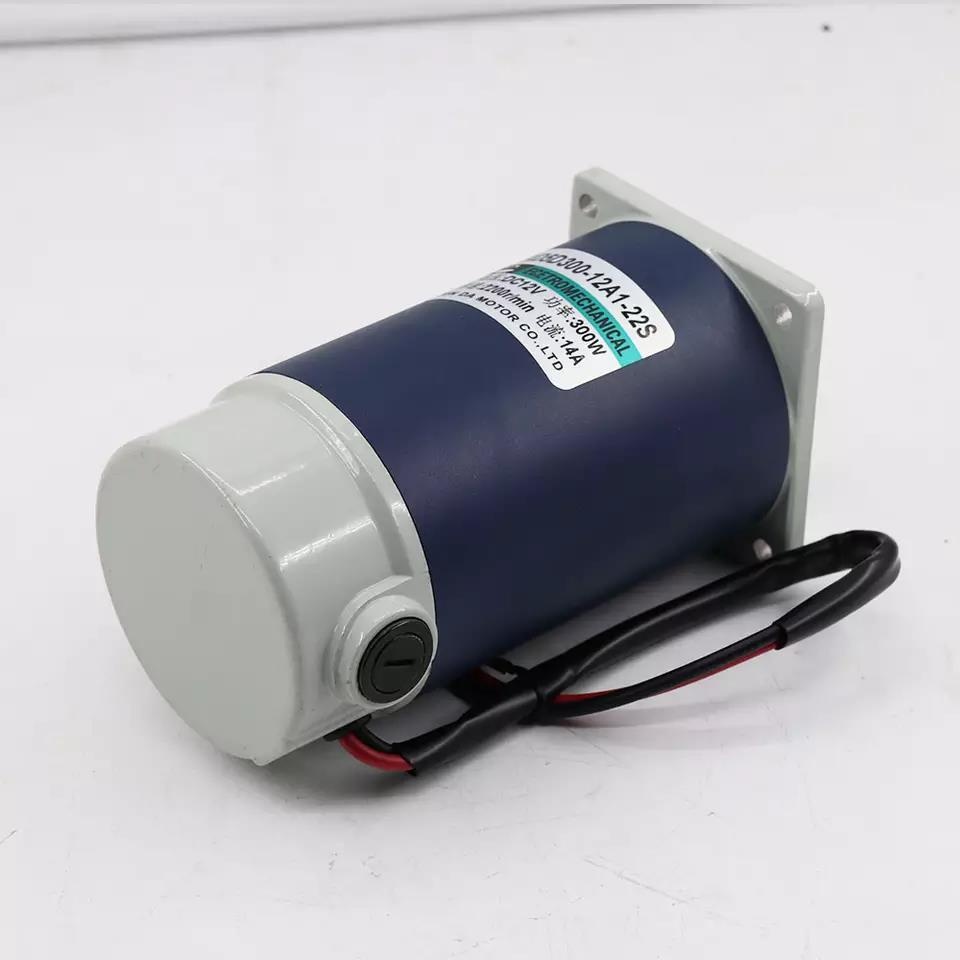


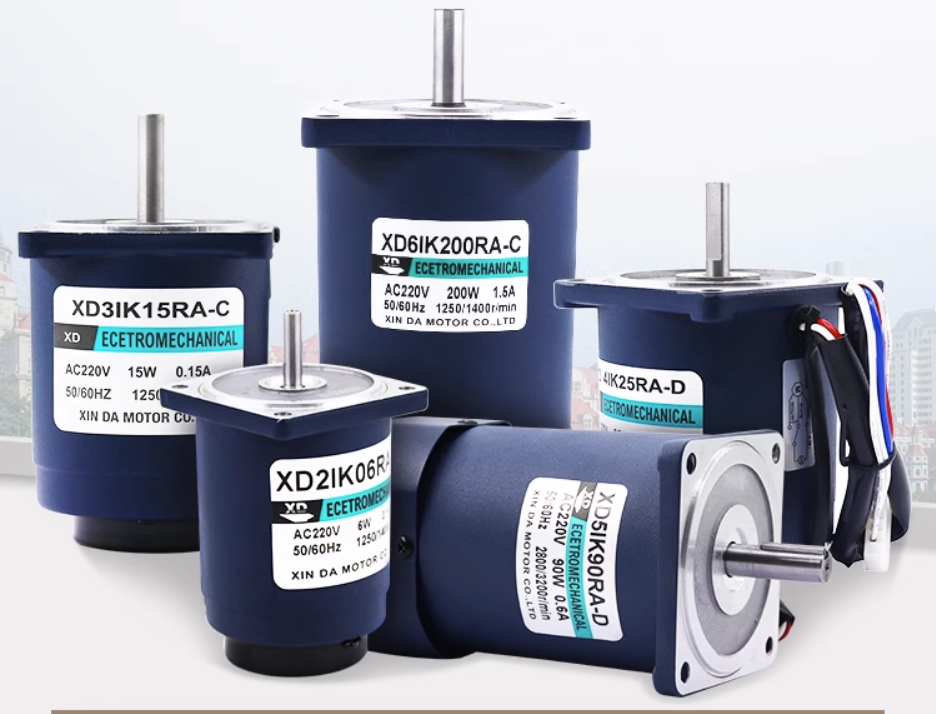


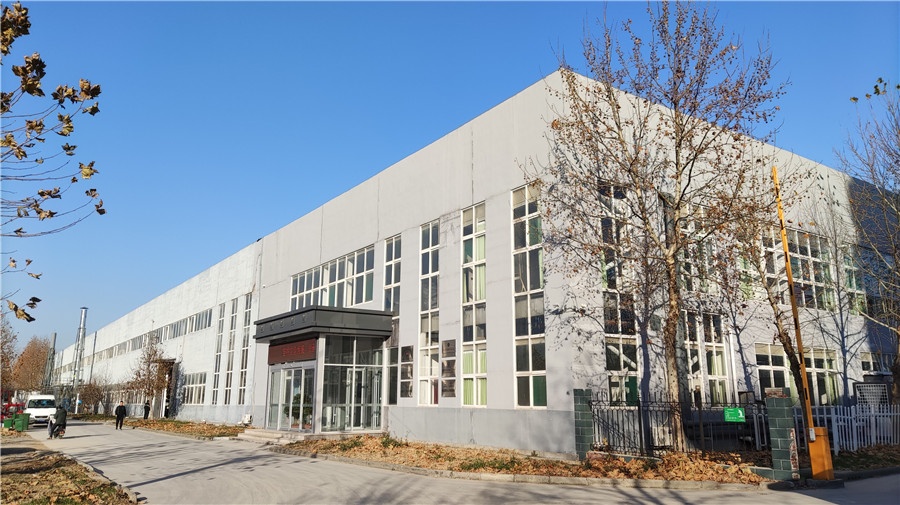
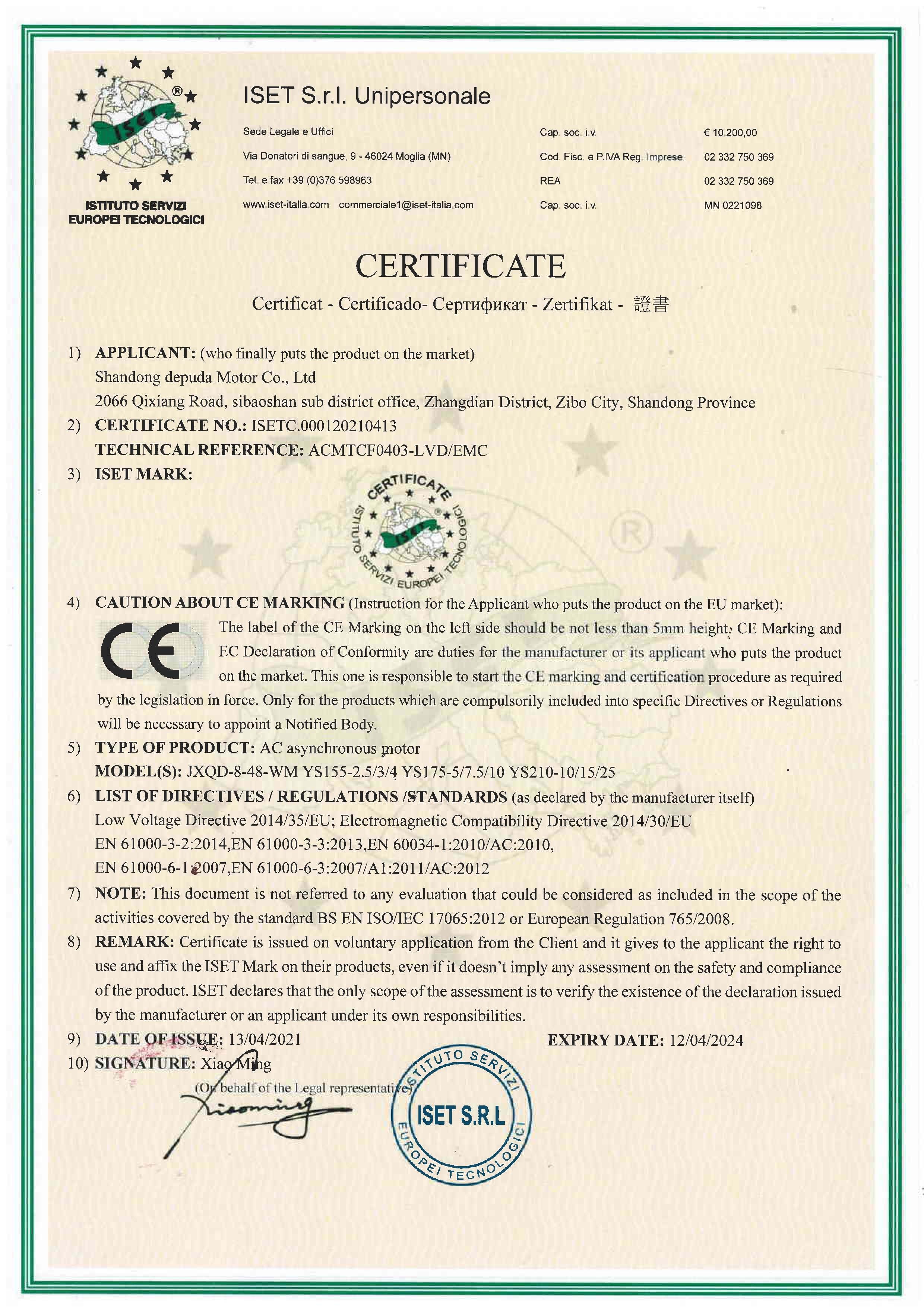
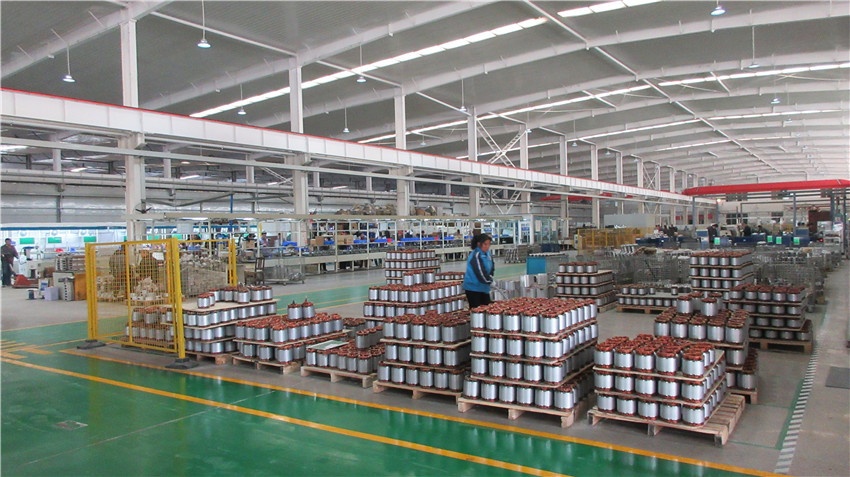
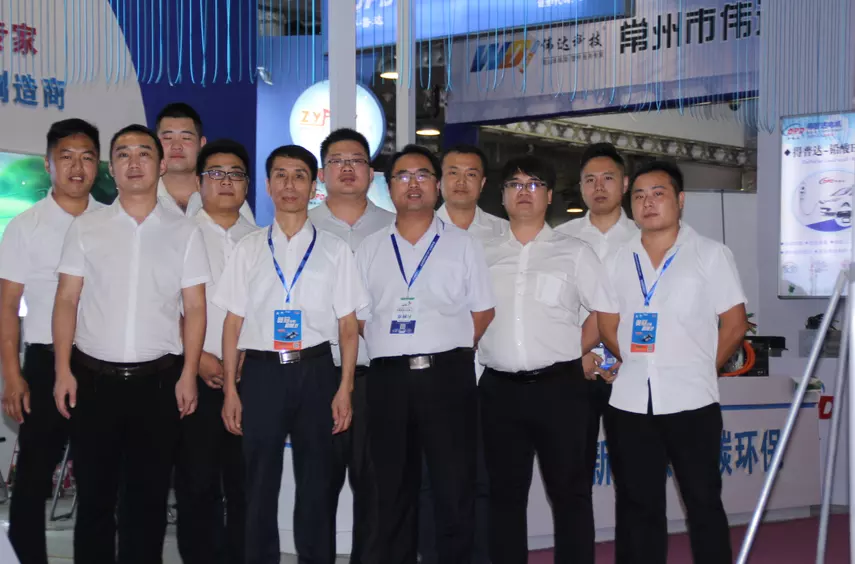


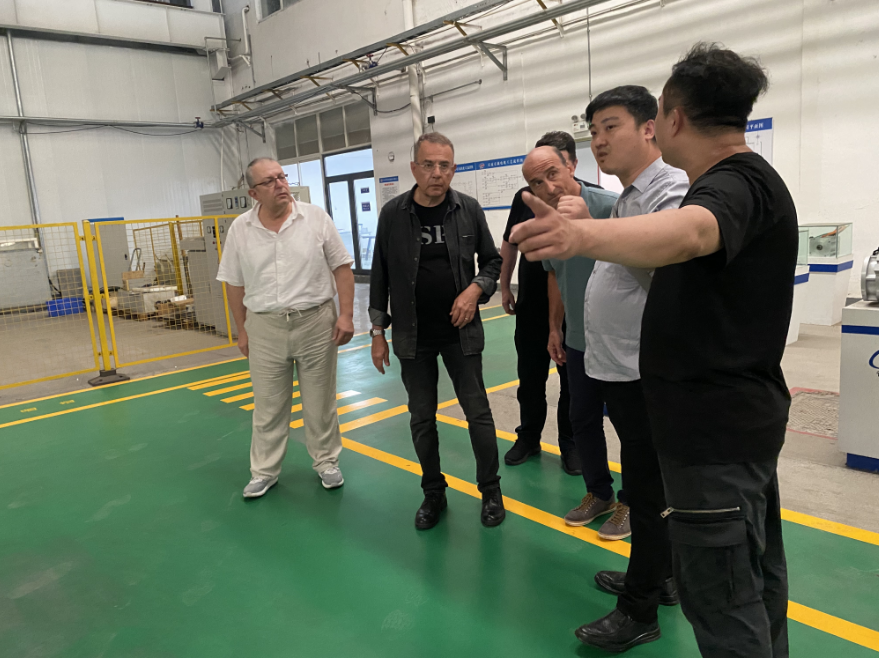
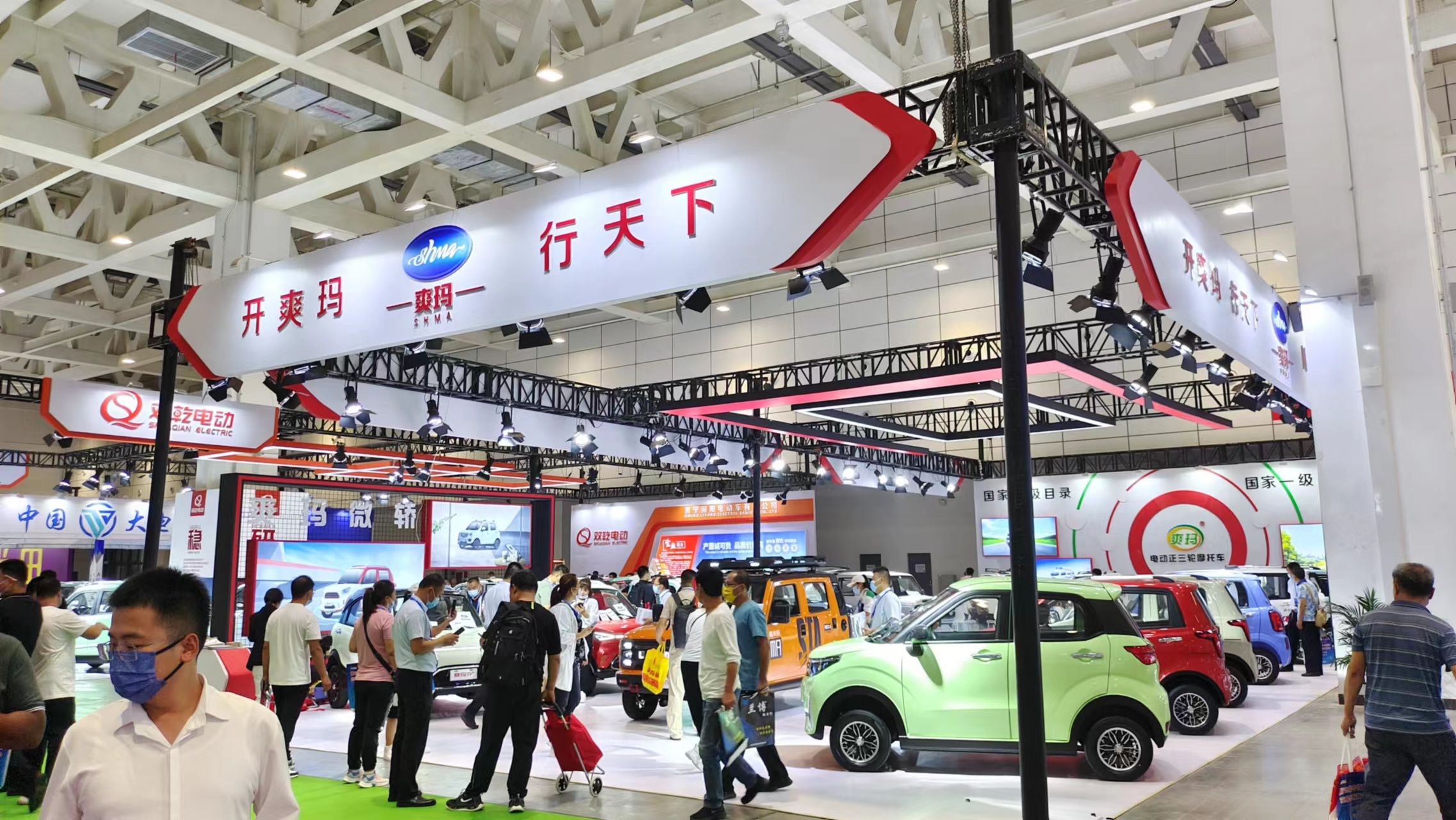


 XINDA
XINDA